When I first stepped into Turin’s Egyptian Museum after its 2015 renovation, I was amazed to discover I was exploring the world’s second most important collection of Egyptian antiquities outside of Cairo. The museum houses an extraordinary treasure trove of artifacts that tell the fascinating story of ancient Egyptian civilization through beautifully preserved items.
The Turin Egyptian Museum holds the most important collection of Egyptian artifacts outside of Cairo, making it a must-visit destination for anyone interested in ancient history.
During my visit, I spent nearly three hours wandering through the exhibits, and even that felt rushed given the wealth of historical pieces on display. The museum’s comprehensive renovation has made the experience even more engaging, with modern displays that highlight the significance of each artifact.
Planning at least half a day for your visit is essential to fully appreciate this cultural gem. I found the guided tours particularly valuable, as they combine museum exploration with visits to other key Turin locations, creating a perfect day of cultural immersion.
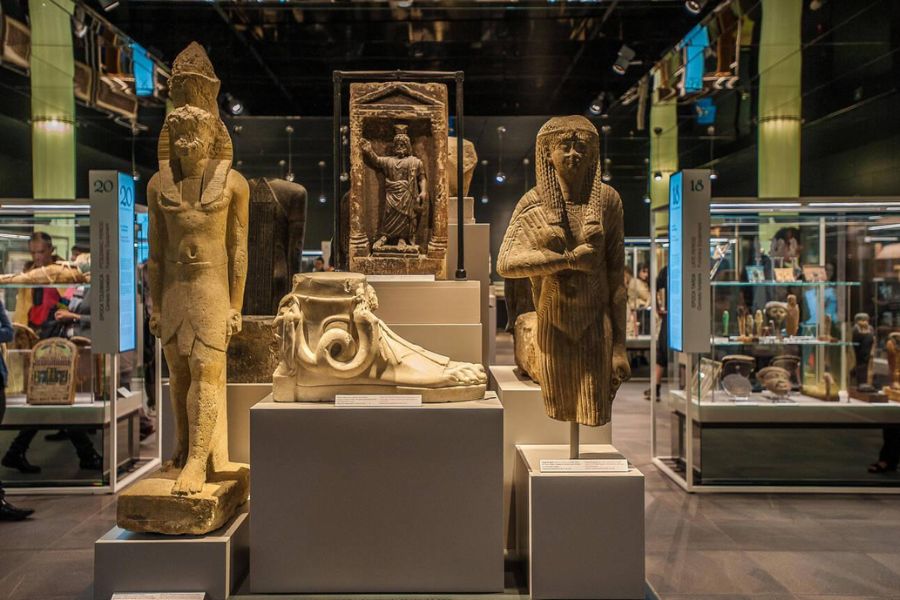
If you’re a history buff like me or simply curious about ancient civilizations, this museum will surely become a highlight of your Italian journey.
History of the Egyptian Museum of Turin
The Egyptian Museum of Turin has a fascinating past rooted in royal ambition and scholarly pursuit. Its remarkable collection has evolved over centuries to become the second most important Egyptological museum in the world.
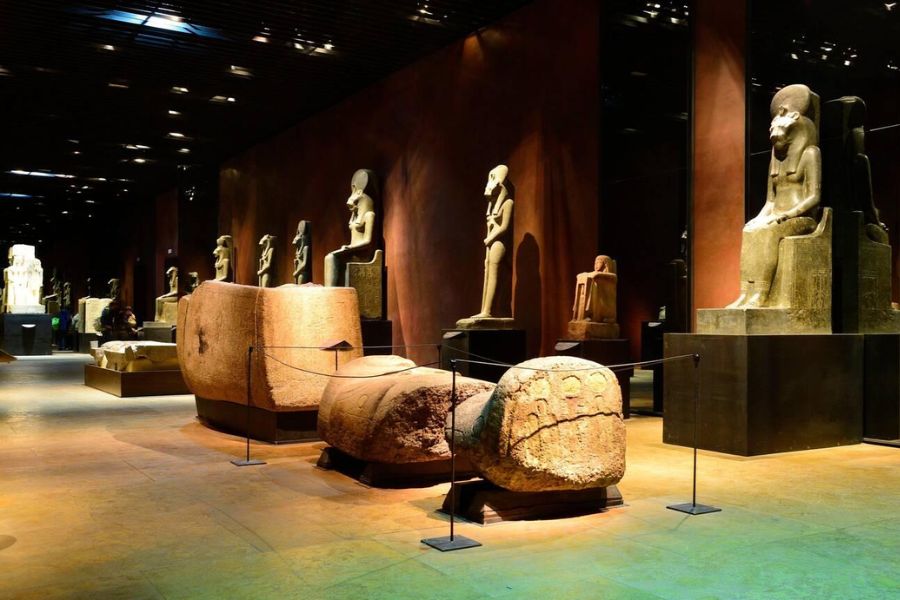
Royal Patronage and Foundation
The origins of Turin’s Egyptian Museum date back to 1630, when King Carlo Emanuele I of Savoy commissioned Vitaliano Donati to acquire Egyptian artifacts for his collection. I was amazed to learn about this early interest in Egyptian culture, long before Egyptology became a formal field of study.
In the early 19th century, the collection grew significantly when the House of Savoy purchased the extensive collection assembled by Bernardino Drovetti, a Piedmontese diplomat serving in Egypt. This acquisition formed the museum’s core collection.
The museum was officially established in 1824, making it one of the oldest specialized Egyptian museums in the world. King Carlo Felice dedicated an entire section of the Palazzo dell’Accademia delle Scienze to house these treasures.
Expansion and World Renown
Throughout the 19th and 20th centuries, the museum’s collection expanded through archaeological expeditions and strategic acquisitions. I was particularly impressed by the museum’s role in major Egyptian excavations, which brought countless priceless artifacts to Turin.
The museum underwent several renovations, but the most significant transformation came in recent years. After falling into relative obscurity despite its importance, a major renovation project revitalized the museum in the early 21st century.
Today, with more than 30,000 artifacts in its collection, the Egyptian Museum of Turin is recognized as the largest Egyptian museum outside of Cairo. The museum’s modern displays and research facilities have restored its position as a world leader in Egyptology, making it a must-visit destination for anyone interested in ancient Egyptian civilization.
Exploring the Galleries
The Egyptian Museum of Turin organizes its incredible collection across multiple themed galleries that take visitors on a journey through ancient Egyptian civilization.
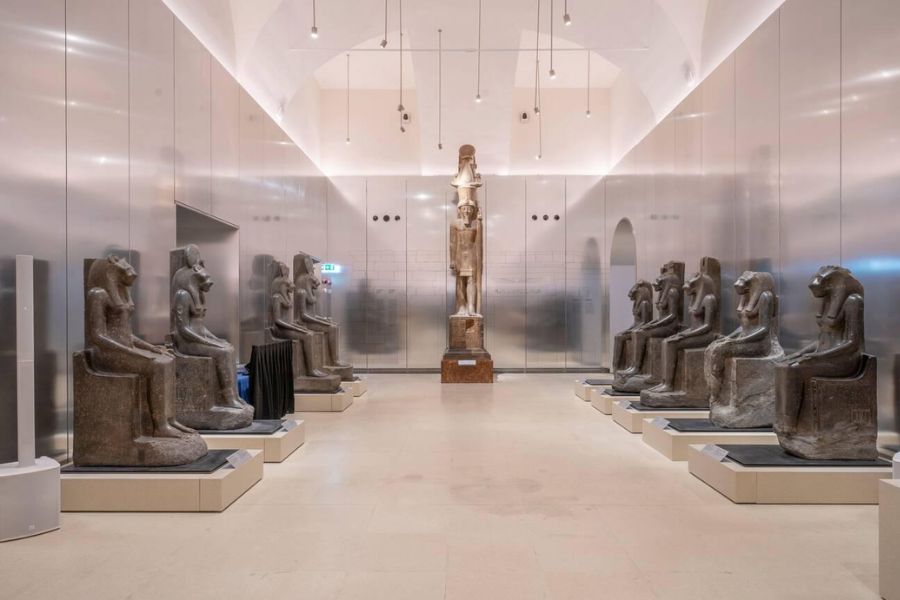
Each gallery showcases unique artifacts that tell the story of daily life, religious beliefs, and burial practices of this fascinating culture.
Statuary and Sarcophagi
Walking through the statuary hall, I was immediately struck by the monumental royal sculptures. The museum houses an impressive collection of pharaonic statues, including the striking granite statue of Ramesses II seated on his throne. What makes this gallery special is the chronological arrangement that lets you see how Egyptian art evolved over thousands of years.
Don’t miss the colossal statue of Seti II, which stands at nearly 5 meters tall! The sarcophagi section displays beautifully decorated coffins with intricate hieroglyphics and vibrant colors that have survived millennia.
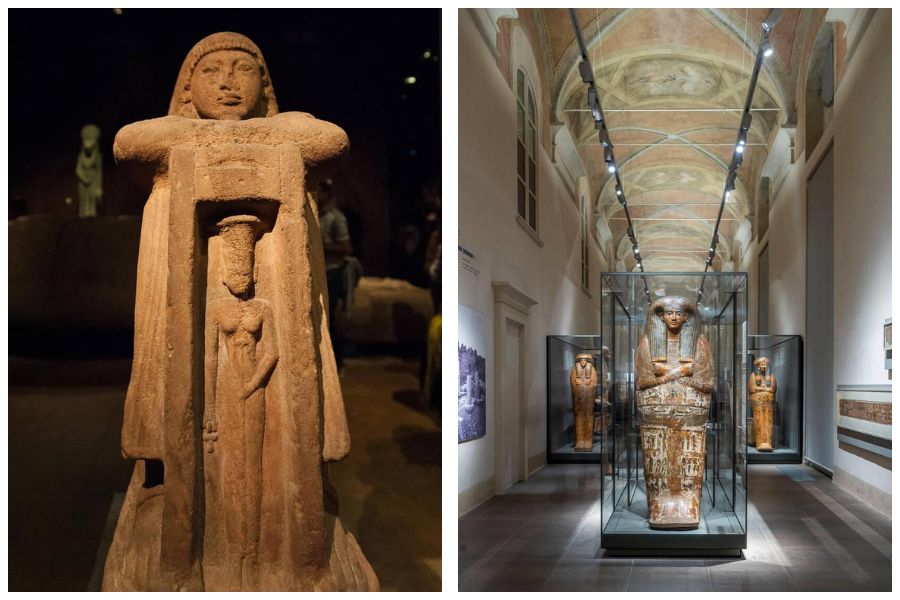
The wooden sarcophagi show amazing preservation, with original pigments still visible on many pieces. I recommend spending extra time examining the detailed scenes depicting the journey to the afterlife.
Tomb of Kha and Merit
The complete tomb of Kha and Merit is the museum’s crown jewel. This intact burial chamber of an architect and his wife from around 1400 BCE wasn’t looted, making it one of the most important discoveries outside of Tutankhamun’s tomb.
I was amazed by the everyday items they chose for their journey to the afterlife:
- Furniture from their home
- Clothing and wigs
- Food and wine vessels
- Cosmetic containers
- Tools of Kha’s architectural trade
What fascinated me most were the personal touches – Merit’s jewelry box still containing her precious items and Kha’s measuring tools he used during his lifetime. The preservation is remarkable, with wooden furniture showing original finishes and textiles maintaining their weave after 3,500 years.
The Papyrus Collection
Turin’s papyrus collection is world-renowned, featuring over 700 manuscripts covering everything from religious texts to administrative records. The star attraction is the Turin King List (also called the Turin Royal Canon), an ancient Egyptian papyrus listing all Egyptian kings in chronological order.
I spent nearly an hour examining the Book of the Dead papyri, with their colorful vignettes showing scenes of the afterlife judgment. These illustrated guides were essential for the deceased to navigate the underworld.
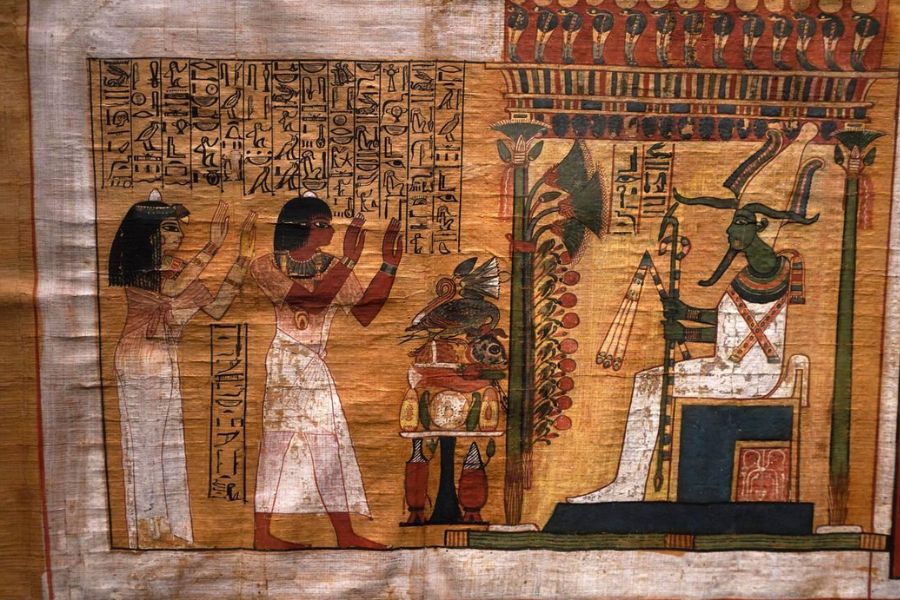
The collection includes everyday documents too – tax records, personal letters, and even a map of a gold mine that’s considered the oldest surviving topographical map in the world! The museum does an excellent job displaying translations alongside the originals.
The Egyptian Pantheon
The gallery dedicated to Egyptian deities offers a comprehensive look at the complex religious beliefs of ancient Egypt. Here I discovered statues, amulets, and paintings depicting the major gods and goddesses that dominated Egyptian spiritual life.
Notable displays include:
- A beautiful bronze statue of Isis nursing Horus
- Several representations of Anubis, the jackal-headed god of mummification
- An impressive collection of Osiris figurines in various materials
- Statues of Amun-Ra, the king of gods
The museum effectively explains how Egyptian religion evolved over time, incorporating different regional deities. What impressed me was the collection of votive offerings people made to these gods, showing the personal connection ancient Egyptians felt with their deities.
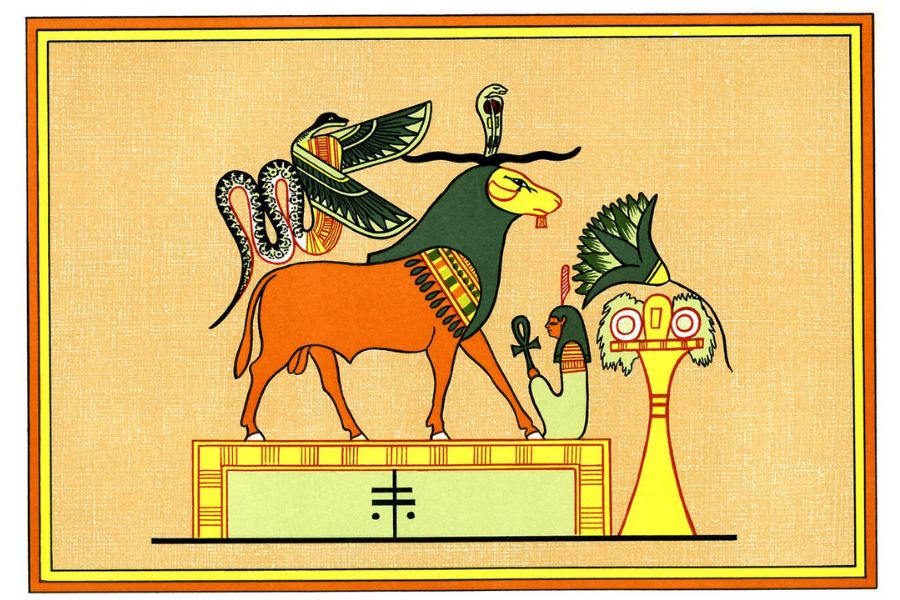
Small amulets shaped like sacred animals were particularly charming, worn for protection in daily life.
Masterpieces of the Collection
The Turin Egyptian Museum houses incredible treasures that showcase the artistic and cultural achievements of ancient Egypt. The collection features remarkably preserved royal mummies, impressive artifacts from Ramesses II’s reign, and the historically significant Turin King List.
The Royal Mummies
Walking through the Royal Mummies section, I was immediately struck by the exceptional preservation of these ancient rulers. The museum houses several mummies that date back thousands of years, each telling a unique story about Egypt’s past.
What makes these mummies special is the detailed preservation techniques visible in their wrappings and decorations. I noticed the intricate facial features still discernible on some specimens, offering a haunting glimpse into ancient royal lives.

The accompanying funerary items displayed alongside the mummies provide context about burial practices and beliefs in the afterlife. Canopic jars, amulets, and funeral masks show the elaborate preparations Egyptians made for their rulers’ journeys to the next world.
Artefacts of Ramesses II
The collection of Ramesses II artifacts represents some of the museum’s most impressive pieces. I spent hours examining the beautifully crafted statues depicting this powerful pharaoh who ruled for an extraordinary 66 years.
Several stelae (stone slabs) bear hieroglyphic inscriptions detailing his military campaigns and building projects. The level of detail in these carvings is remarkable, with each symbol precisely executed.
Personal items belonging to Ramesses II include jewelry, ceremonial weapons, and everyday objects. I was particularly fascinated by a painted wooden box with his cartouche (royal name symbol) that once contained his personal possessions.
The scale model of his famous Abu Simbel temple helps visitors understand the architectural achievements of his reign. These artifacts collectively illustrate why Ramesses II is considered one of Egypt’s greatest rulers.
The Turin King List
The Turin King List stands as one of the museum’s most historically significant pieces. This ancient papyrus document, also called the Turin Royal Canon, dates from the reign of Ramesses II.
Originally listing all Egyptian kings in chronological order with their reign lengths, the fragile papyrus provides invaluable information for understanding Egyptian chronology. Though damaged, scholars have carefully reconstructed much of its content.
I was amazed to learn this document remains one of the most important sources for Egyptian history, especially for the Old and Middle Kingdoms. The papyrus includes mythical god-kings at the beginning, followed by human rulers.

Seeing this ancient “history book” in person gives me a deeper appreciation for how Egyptians viewed their own past. The meticulous record-keeping demonstrated in this fragile piece of papyrus speaks to the Egyptian civilization’s sophisticated understanding of their heritage.
Visitor Essentials
Planning your visit to Turin’s Egyptian Museum requires knowing a few key details to make the most of your experience. Here’s what you need to know before heading to this remarkable collection of Egyptian treasures.
Opening Hours and Tickets
The Egyptian Museum of Turin is open daily, typically from 9 AM to 6:30 PM, with the last entry about an hour before closing time. During high season, hours might be extended to accommodate more visitors.
Ticket prices range from €15 for a standard adult admission to reduced rates of around €11 for seniors and students. Children under 6 often enter free of charge, while family packages are available for those traveling with kids.
I recommend purchasing tickets online through the official museum website to skip the lines, especially during peak tourist seasons. If you’re planning to visit multiple attractions in Turin, look into city passes that include museum entry at a discounted rate.
Guided Tours and Audio Guides
For a deeper understanding of the vast collection, guided tours are well worth the investment. The museum offers tours in multiple languages including English, Italian, and French, with prices starting around €73 per person for group tours.
The audio guide is a fantastic alternative and is available for free! You can download it directly to your smartphone before your visit. Two tour options are available – a quick version highlighting essential exhibits or a comprehensive tour for those wanting to dive deeper.
I found the guided tour particularly valuable for understanding the context behind the artifacts. Tour guides bring the ancient world to life with fascinating stories about pharaohs, mummification processes, and Egyptian daily life across 4,000 years of history.
Museum Facilities and Accessibility
The museum is well-equipped with visitor amenities including restrooms on each floor, a cloakroom for storing personal belongings, and a gift shop featuring unique Egyptian-themed souvenirs.
A café is available for refreshments and light meals when you need a break from exploring the extensive exhibits. Wi-Fi is accessible throughout the building, helpful for using the digital guides.
For accessibility, the museum provides ramps, elevators, and wheelchair access to all exhibition areas. Strollers are permitted, and there are dedicated facilities for families with young children.
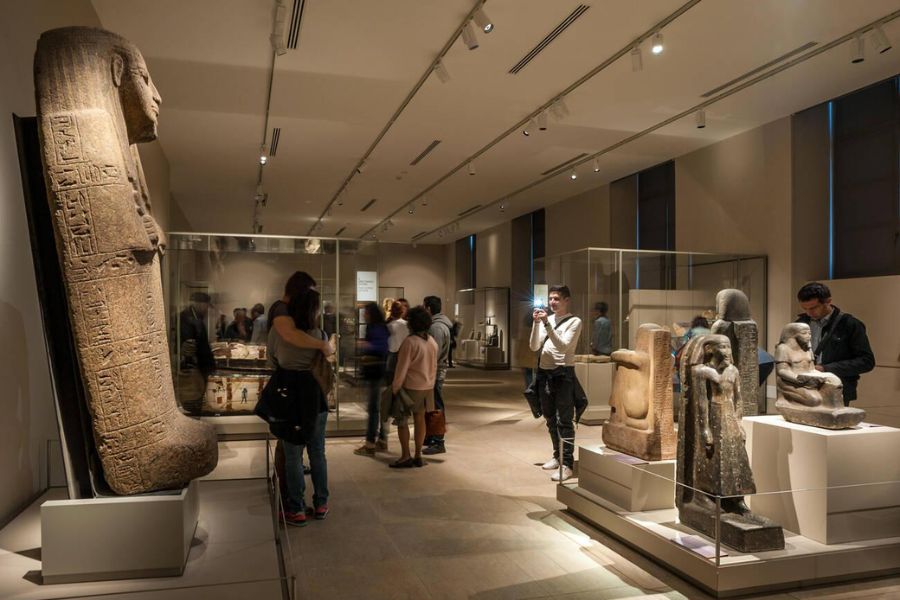
I was impressed by the clear signage and information panels throughout the museum. Most exhibits include descriptions in both Italian and English, making it easy to navigate independently even without a guide.
Beyond the Museum
Your experience at Turin’s Egyptian Museum extends far beyond the main exhibits. The museum has developed a rich program of activities that complement its impressive collection and help visitors gain deeper insights into ancient Egyptian culture.
Special Exhibitions
The museum regularly hosts special exhibitions that bring fresh perspectives to Egyptian history and archaeology. These temporary displays often feature artifacts on loan from other prestigious institutions, including the Cairo Museum itself.
I’ve found that visiting during one of these special exhibitions adds tremendous value to the experience. Recent exhibitions have included focused themes like “Daily Life in Ancient Egypt” and “Treasures of the Pharaohs.” These exhibitions typically run for 3-6 months.
What impressed me most was how these special exhibits blend traditional displays with cutting-edge digital technologies. Interactive touchscreens and 3D reconstructions bring ancient Egyptian civilization to life in ways the permanent collection alone cannot.
Educational Workshops and Events
The museum offers a fantastic range of educational activities for visitors of all ages.
Children’s workshops focus on hieroglyphics, mummification processes, and ancient Egyptian art techniques. For adults, there are evening lectures by renowned Egyptologists, film screenings about archaeological discoveries, and hands-on artifact handling sessions.
I particularly enjoyed their “Night at the Museum” events, where you can explore the galleries after hours with specialized guides.
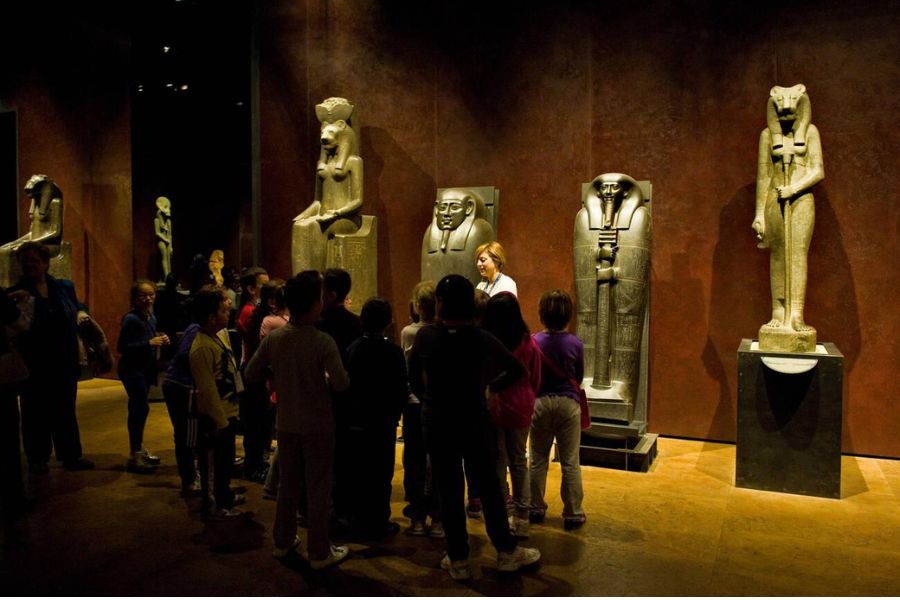
The museum’s calendar is packed year-round, but summer features the most activities. Many workshops require advance booking through the museum’s website. Prices for these educational events are quite reasonable, typically ranging from €5-15 per person.
Exploring Turin’s Cultural Scene
After visiting the Egyptian Museum, Turin offers plenty more cultural attractions within walking distance.
The Royal Palace and Royal Gardens are just steps away, perfect for understanding Italy’s own rich history.
I recommend heading to the Cinema Museum in the iconic Mole Antonelliana building. The contrast between ancient Egyptian artifacts and Italy’s film history creates a fascinating cultural day.
Turin’s café culture is legendary too.
Stop at historic Caffè Al Bicerin for their signature chocolate-coffee drink after your museum visit. The elegant Piazza San Carlo, often called Turin’s “living room,” is an ideal spot to reflect on what you’ve learned while people-watching.
Don’t miss the nearby Roman ruins either – they provide an interesting contrast to the Egyptian antiquities you’ve just explored.

